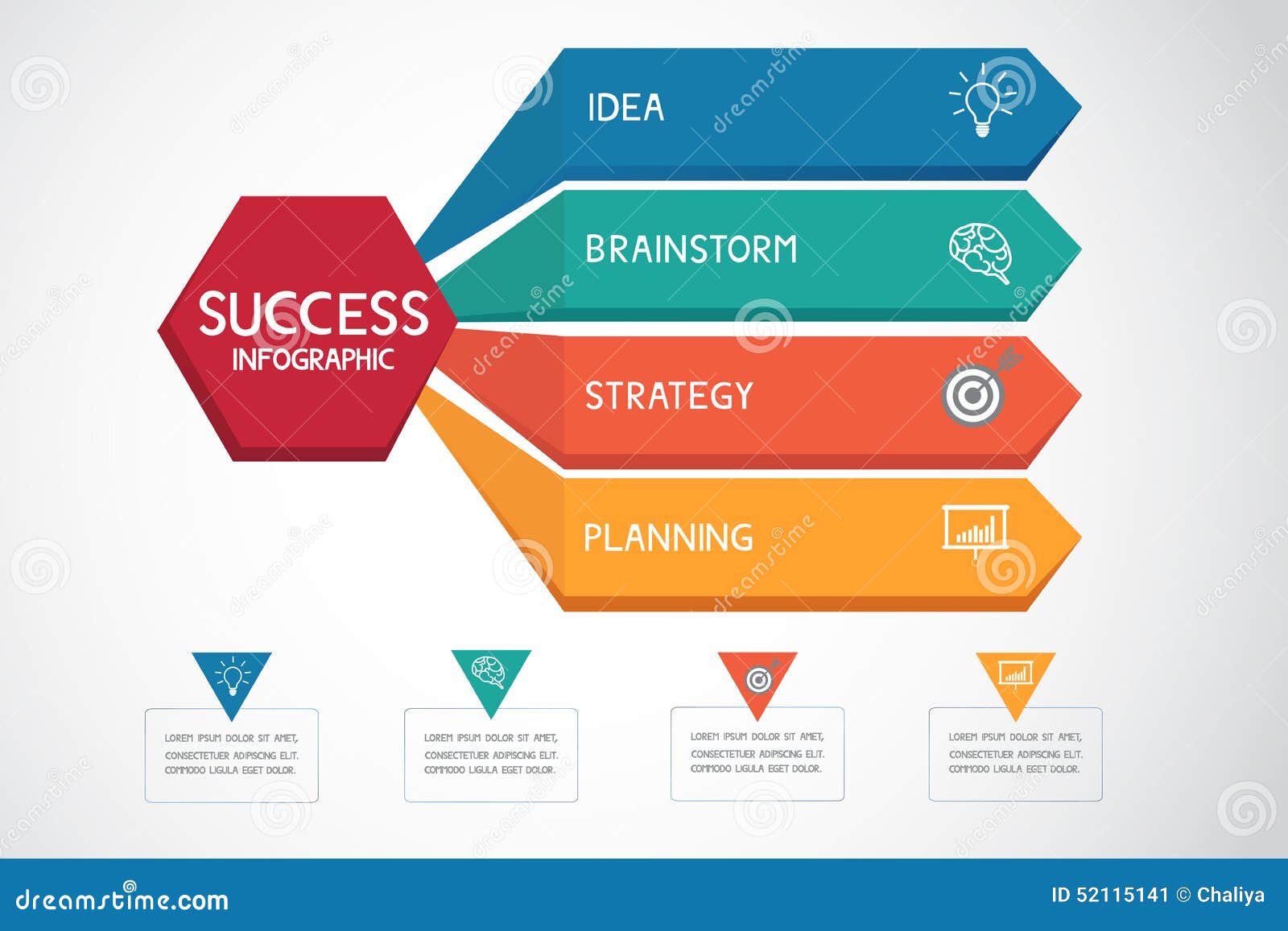Internet Site Style Essentials: Tips For Structure A User-Friendly Site
Internet Site Style Essentials: Tips For Structure A User-Friendly Site
Blog Article
Post Author-Christophersen Skinner
When it concerns site layout, ensuring user-friendliness is essential. From responsive layout to structured navigating, every component plays a crucial duty in developing a site that satisfies your audience's needs. But what regarding the better information that can make or damage an individual's browsing experience? Stay tuned as we reveal some often-overlooked ideas that can raise your site's functionality to the next degree, making it truly attract attention in the electronic landscape.
Importance of Responsive Style
Responsive style is an essential aspect of modern website advancement. Guaranteeing your website is responsive ways that it can adjust to different display dimensions and tools, giving a smooth experience for customers.
With search engine optimization ads raising use of smartphones and tablet computers to access the internet, having a responsive design is necessary for reaching a wider target market. It helps in enhancing individual experience by making your internet site very easy to browse and continue reading any kind of gadget.
In addition, responsive design can favorably affect your online search engine positions, as internet search engine like Google prioritize mobile-friendly web sites. By having weblink , you're additionally future-proofing your web site, as new tools with differing screen sizes remain to emerge.
Simplify Navigating Structure
To boost user experience and help with simple accessibility to info on your internet site, improving the navigating framework is critical. When making your website, focus on producing a clear and user-friendly navigating food selection that assists site visitors find what they're looking for swiftly.
Limit the number of food selection items to the basics, grouping related web pages with each other to prevent overwhelming customers. Usage detailed labels that clearly suggest the material of each page, making it less complicated for individuals to understand where each web link will take them.
Consider implementing dropdown menus for subcategories to prevent jumbling the major navigation bar. Additionally, consist of a search bar plainly on the page for users who favor searching for certain details.
Prioritize mobile responsiveness in your navigation style to guarantee simple gain access to on all gadgets.
Enhance Page Lots Speed
Improving web page tons speed is important for keeping visitors on your internet site. Slow-loading pages discourage individuals and can lead to high bounce rates. To maximize page lots rate, start by maximizing images. Press images without endangering quality to lower their documents sizes.
Furthermore, allow web browser caching to keep regularly accessed sources in your area, accelerating lots times for returning visitors. Minify CSS, JavaScript, and HTML data by eliminating unnecessary characters, remarks, and format, boosting tons speed.
Take into consideration making use of a web content distribution network (CDN) to disperse your website's content across several servers worldwide, minimizing latency for users accessing your site from different areas. Finally, limit the use of third-party manuscripts and plugins, as they can considerably impact load times.
Final thought
To conclude, by incorporating receptive style, streamlining navigation, and enhancing web page lots speed, you can produce a straightforward website that appeals to a larger audience and enhances individual experience. These essential elements make sure that site visitors can conveniently accessibility and browse your website throughout various tools, resulting in increased engagement and satisfaction. By focusing on these crucial facets, you can develop an effective website that keeps users coming back for more.
